Turkey's neolithic caves: is destruction of heritage ever justified?
As Turkey dynamites and floods its ancient history, The Week examines other attacks on cultural heritage
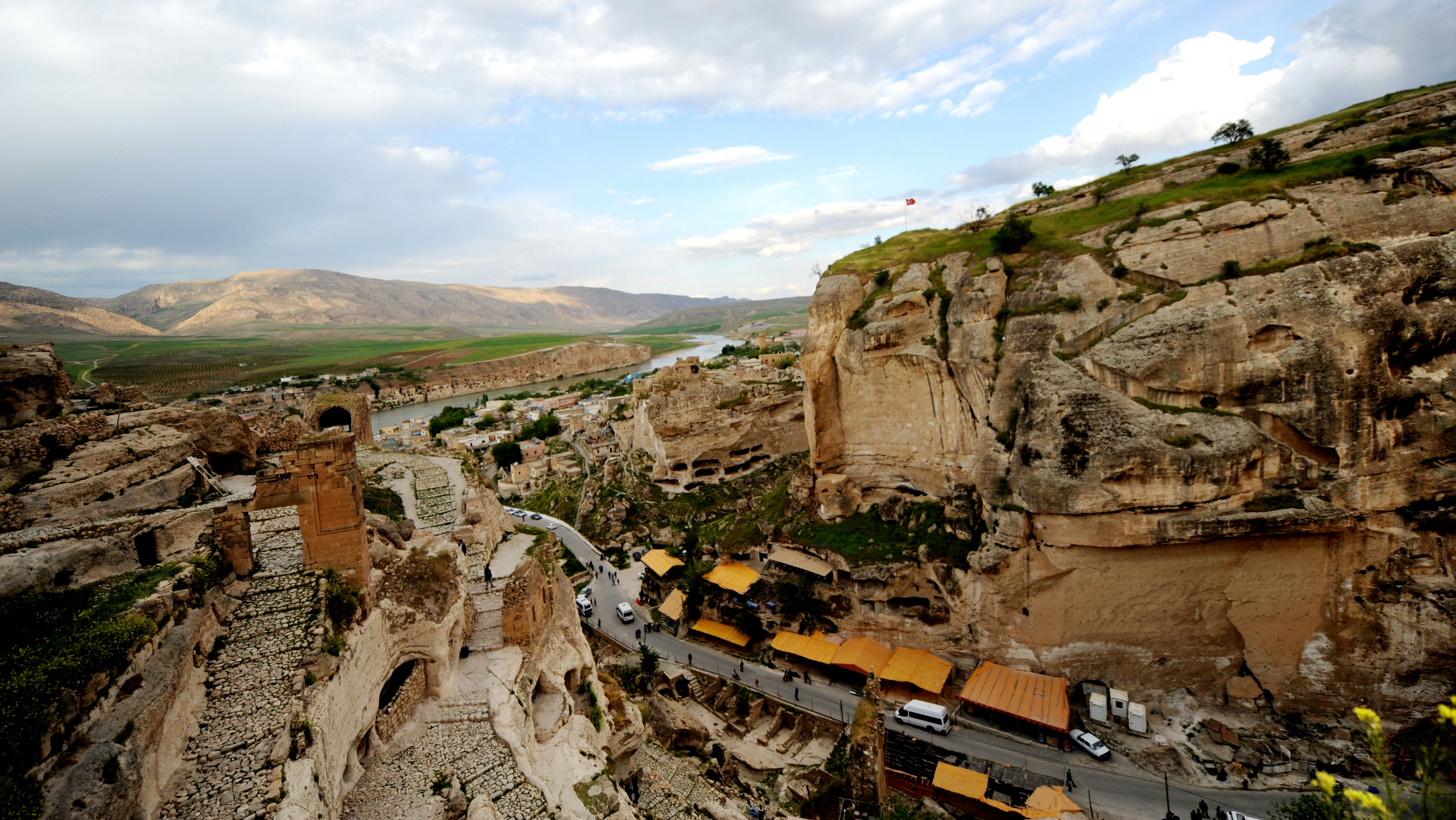
Turkish construction crews started dynamiting neolithic caves this week to accommodate a new hydroelectric dam.
The Ilisu Dam, the building of which has been delayed for years by protests, is also likely to flood the ancient town of Hasankeyf on the Tigris River. It is one of the oldest continuously inhabited settlements on Earth, with evidence of human habitation dating back to 10,000 BC.
"They are not only destroying our past, but also our future by taking away this as a source of income and heritage," one resident told Deutsche Welle. "We would like to apologise to the future generations for allowing this."
The Week
Escape your echo chamber. Get the facts behind the news, plus analysis from multiple perspectives.

Sign up for The Week's Free Newsletters
From our morning news briefing to a weekly Good News Newsletter, get the best of The Week delivered directly to your inbox.
From our morning news briefing to a weekly Good News Newsletter, get the best of The Week delivered directly to your inbox.
Despite international condemnation and protests, destruction of ancient cultural heritage is often an inevitable outcome, deemed necessary to further a cause. The Week looks at some of the most notable examples:
The Buddhas of Bamiyan, Afghanistan
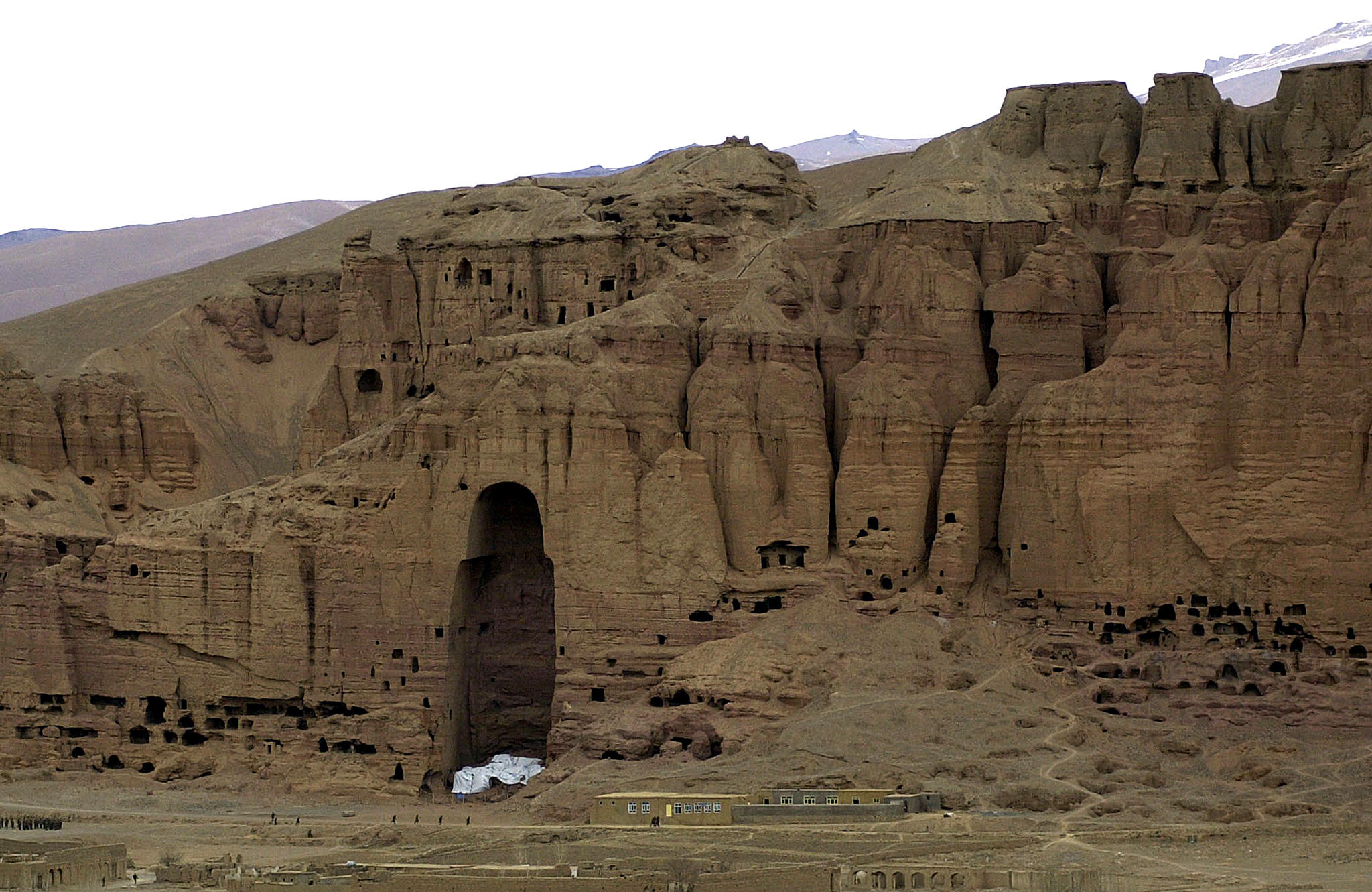
The Buddhas of Bamiyan are perhaps the most famous modern occurrence of cultural demolition. Standing almost 200ft tall, these two monumental statues, dating back to the fourth century, were carved out of a sandstone cliff face during Afghanistan's pre-Islamic era.
After the hard-line Taliban government took power in 1996, they began to dynamite the statues, as they were seen as "un-Islamic graven images", USA Today reported. Despite a desperate plea from numerous countries – most ardently Japan – to save the statues, they were destroyed with dynamite and anti-aircraft weapons in March 2001, having stood for 1,700 years.
A free daily email with the biggest news stories of the day – and the best features from TheWeek.com
Tikal Temple 33, Guatemala
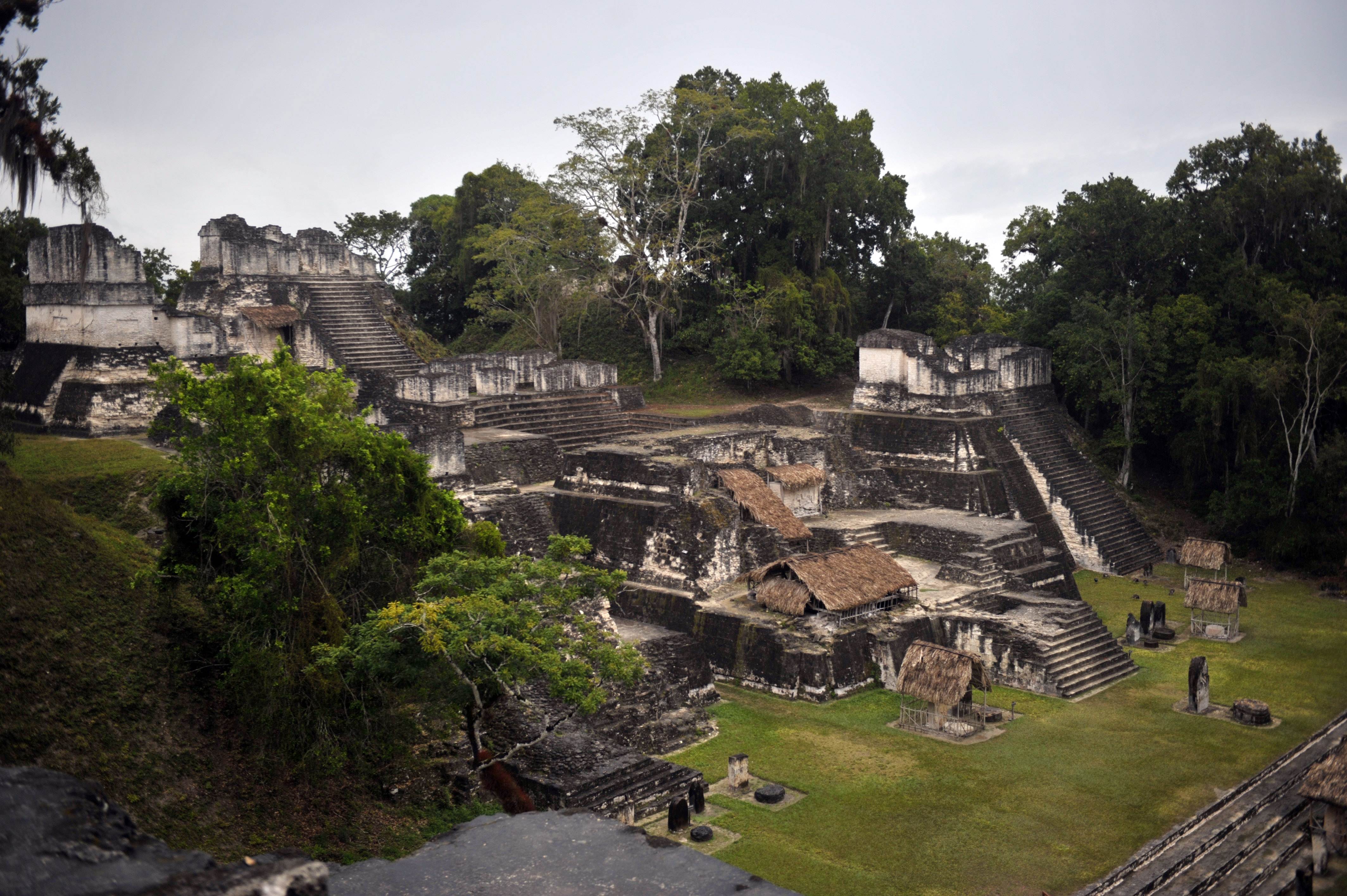
The destruction of Tikal Temple 33 in Guatemala is less clear cut. A 100ft tall Mayan funerary pyramid in the ancient city of Tikal, 33 was one of many temples uncovered by archaeologists in the 1950s and 60s. When researchers wanted a better view of earlier phases of the city's construction, the 1,500-year-old Temple 33 was chosen as the sacrificial lamb.
Completely dismantled in 1965, the Temple's lower layers brought to light fascinating and groundbreaking information vital to the piecing together of Mayan history, revealing tombs and shrines within. Uncovered History writes that "sadly, Templo 33 is [now] a stunted pile of rubble", but adds that "fortunately, the deconstruction did reveal a hidden history that may otherwise have laid buried and undiscovered".
Bucharest Centrul Civic, Romania
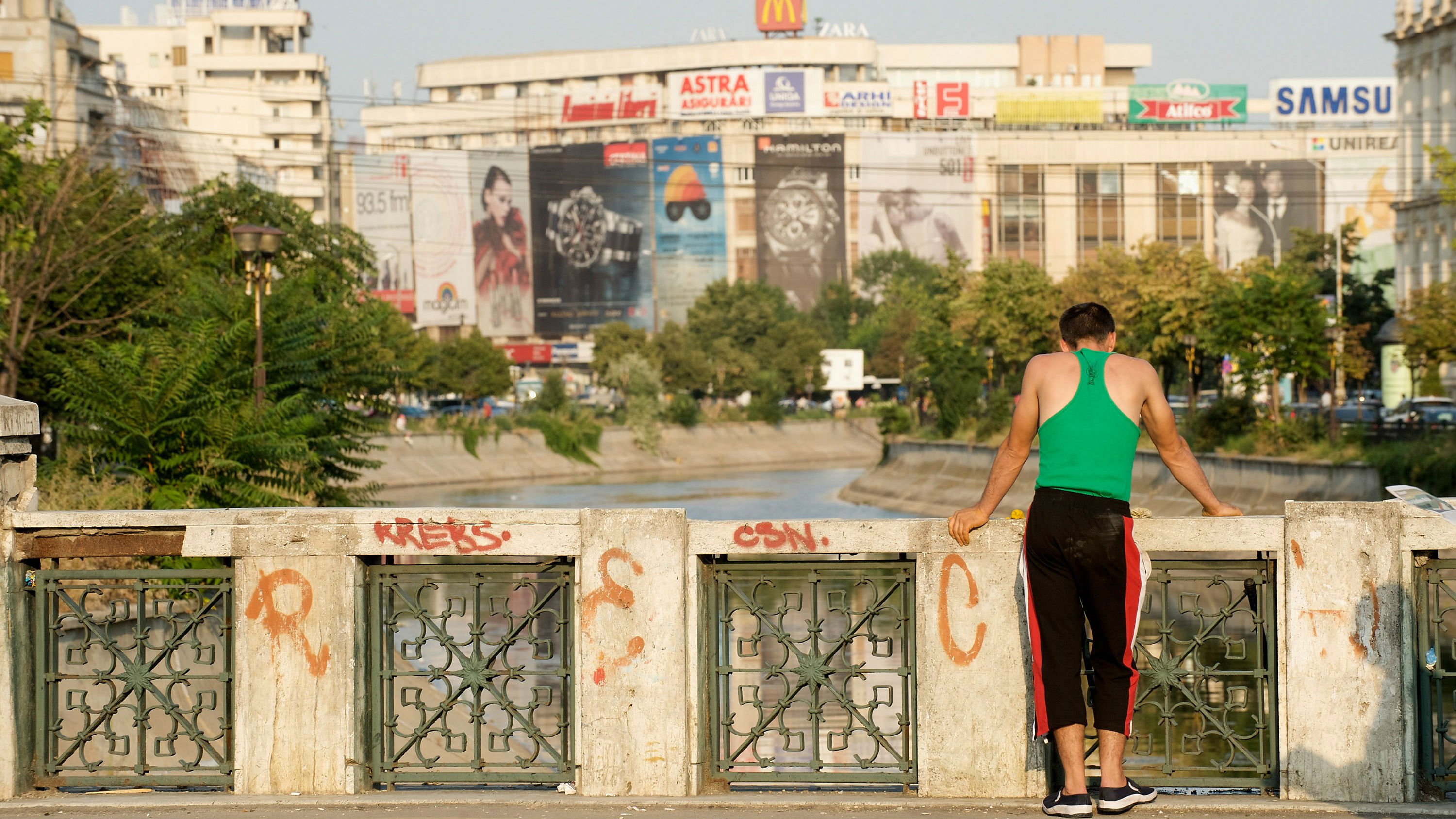
"Of all the atrocities committed on Romanian territory in the name of socialism," writes travel site In Your Pocket, "few rank as monstrous as the destruction of an entire district of the capital to make way for the Centrul Civic."
The reconstruction of entire districts was a key policy of ruthless dictator Nicolae Ceausescu's "systematisation" programme in Romania in the 1970s and 80s, in which standardised apartment blocks and wide boulevards were constructed.
According to heritage historian Duncan Light, the "traumatic" construction of the Centrul Civic involved the wholesale demolition of five square kilometres of the city centre, which had contained "many medieval churches and other monuments", as well as thousands of residents' homes.
Museum of Modern Art (MoMA), New York
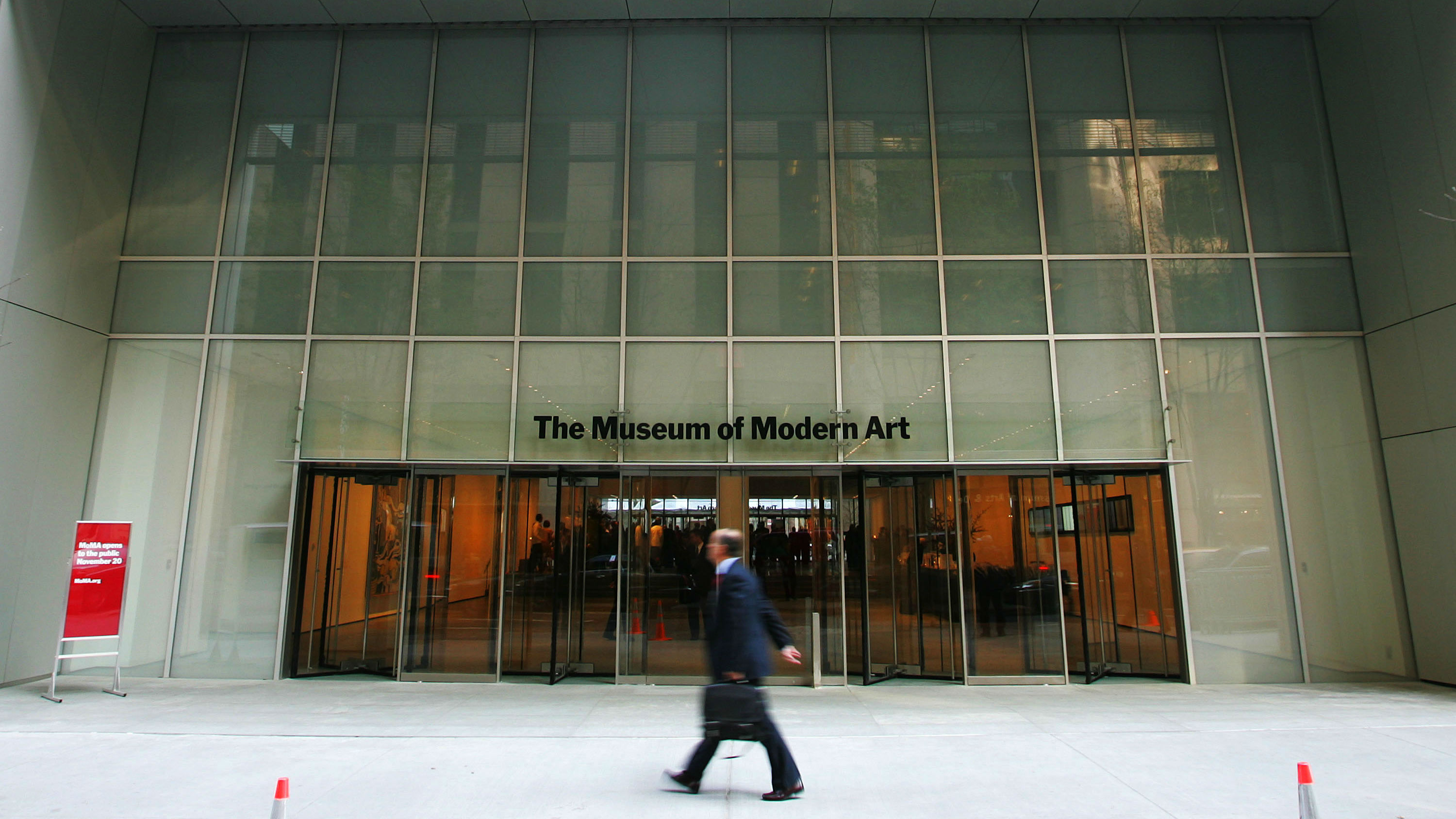
The case of MoMA is a peculiar and ironic one. As one of the world's leading modern art museums, the expansion of MoMa has been rapid and formidable. The museum has bought numerous picturesque brownstone buildings around Manhattan since the late 1930s, only to see many of them destroyed.
The New York Times reports that MoMA's original expansion at its Midtown site "vacuumed up the rest of the block" it occupied, leading to the destruction of the 19-storey Dorset Hotel, built in 1929, and the 1907 City Athletic Club.
Four years ago, MoMA acquired and then ordered the demolition of the American Folk Art Museum, built in 2001 and designed by famed architects Tod Williams and Billie Tsien. By expanding its own cultural impact, MoMA is arguably at fault for the erasure of others'.
Palmyra, Syria

After the ancient ruins of Palmyra fell into the hands of ISIS during the Syrian civil war, widespread, intentional damage by the militant group was reported. Much of the well-preserved remnants of Palmyra, many of them Roman, were destroyed using explosives, including the 2,000-year-old Temple of Bel, along with a number of other buildings and archways.
The Gatestone Institute writes that sites across the Middle East are selected for destruction by ISIS' Kata'ib Taswiyya, or settlement battalions, "driven by a relentless passion to enforce religious purity on the regions they now control".
-
 ‘Care fractures after birth’
‘Care fractures after birth’instant opinion Opinion, comment and editorials of the day
-
 Shots fired in the US-EU war over digital censorship
Shots fired in the US-EU war over digital censorshipIN THE SPOTLIGHT The Trump administration risks opening a dangerous new front in the battle of real-world consequences for online action
-
 What will the US economy look like in 2026?
What will the US economy look like in 2026?Today’s Big Question Wall Street is bullish, but uncertain
-
 How Bulgaria’s government fell amid mass protests
How Bulgaria’s government fell amid mass protestsThe Explainer The country’s prime minister resigned as part of the fallout
-
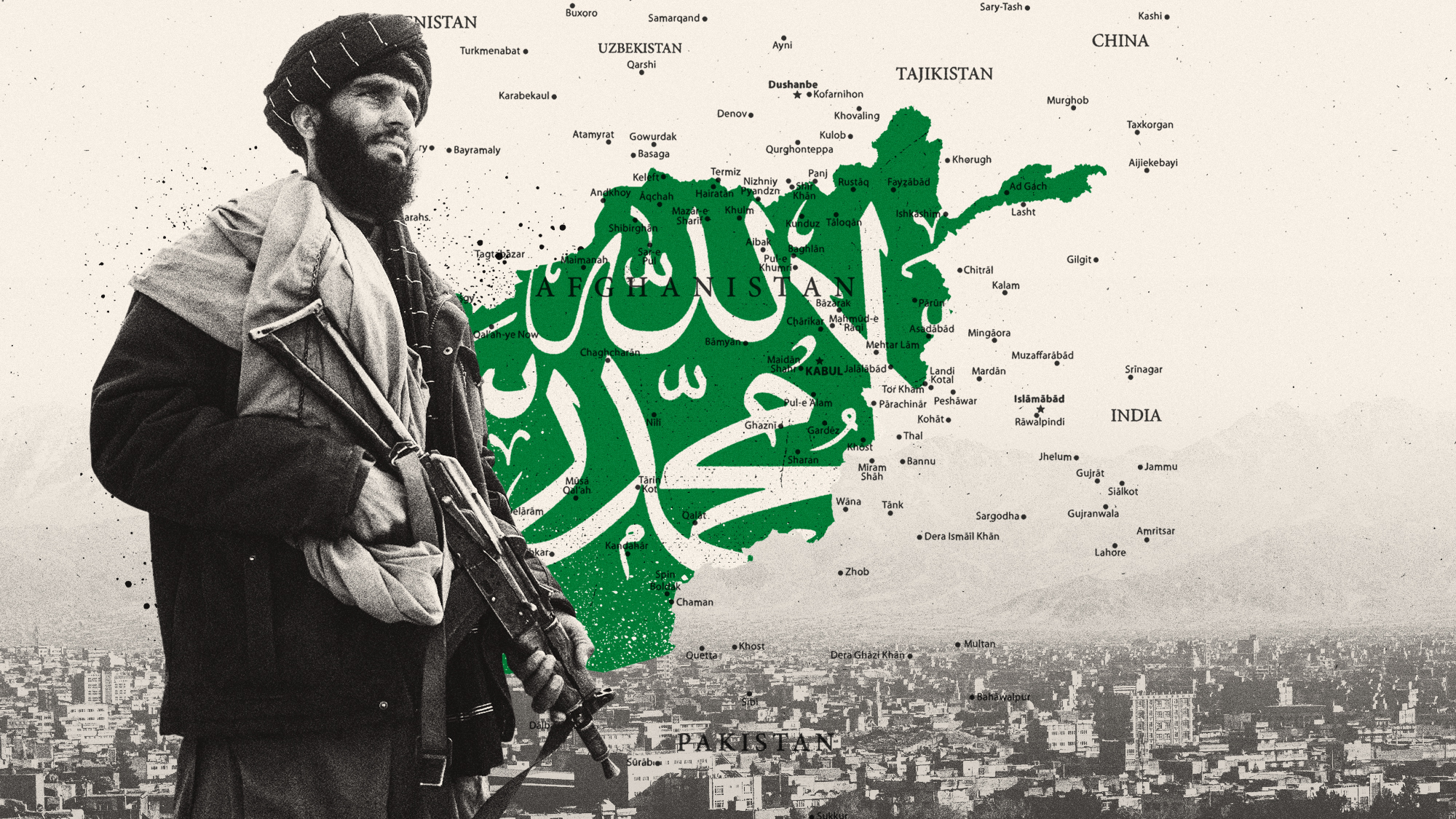 Normalising relations with the Taliban in Afghanistan
Normalising relations with the Taliban in AfghanistanThe Explainer The regime is coming in from the diplomatic cold, as countries lose hope of armed opposition and seek cooperation on counterterrorism, counter-narcotics and deportation of immigrants
-
 Femicide: Italy’s newest crime
Femicide: Italy’s newest crimeThe Explainer Landmark law to criminalise murder of a woman as an ‘act of hatred’ or ‘subjugation’ but critics say Italy is still deeply patriarchal
-
 Brazil’s Bolsonaro behind bars after appeals run out
Brazil’s Bolsonaro behind bars after appeals run outSpeed Read He will serve 27 years in prison
-
 Americans traveling abroad face renewed criticism in the Trump era
Americans traveling abroad face renewed criticism in the Trump eraThe Explainer Some of Trump’s behavior has Americans being questioned
-
 Nigeria confused by Trump invasion threat
Nigeria confused by Trump invasion threatSpeed Read Trump has claimed the country is persecuting Christians
-
 Sanae Takaichi: Japan’s Iron Lady set to be the country’s first woman prime minister
Sanae Takaichi: Japan’s Iron Lady set to be the country’s first woman prime ministerIn the Spotlight Takaichi is a member of Japan’s conservative, nationalist Liberal Democratic Party
-
 Russia is ‘helping China’ prepare for an invasion of Taiwan
Russia is ‘helping China’ prepare for an invasion of TaiwanIn the Spotlight Russia is reportedly allowing China access to military training